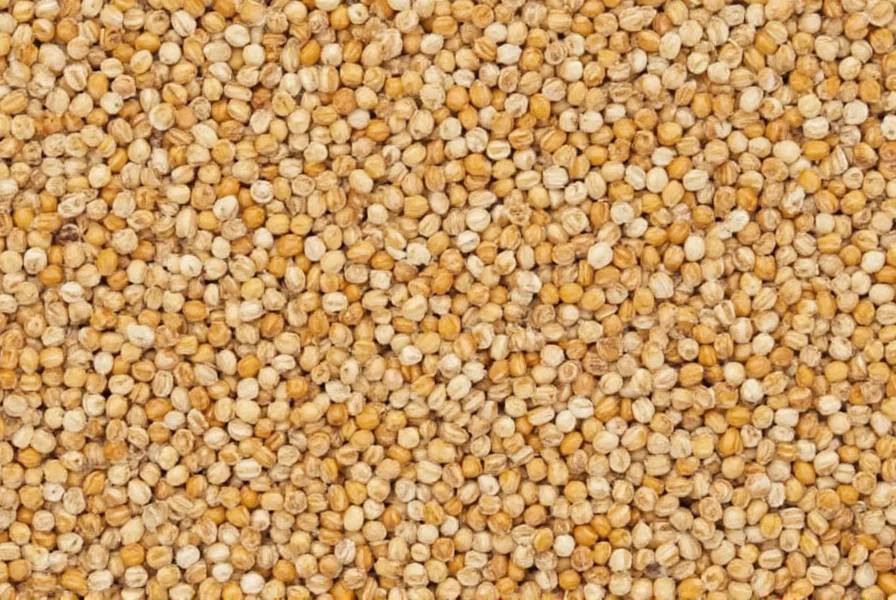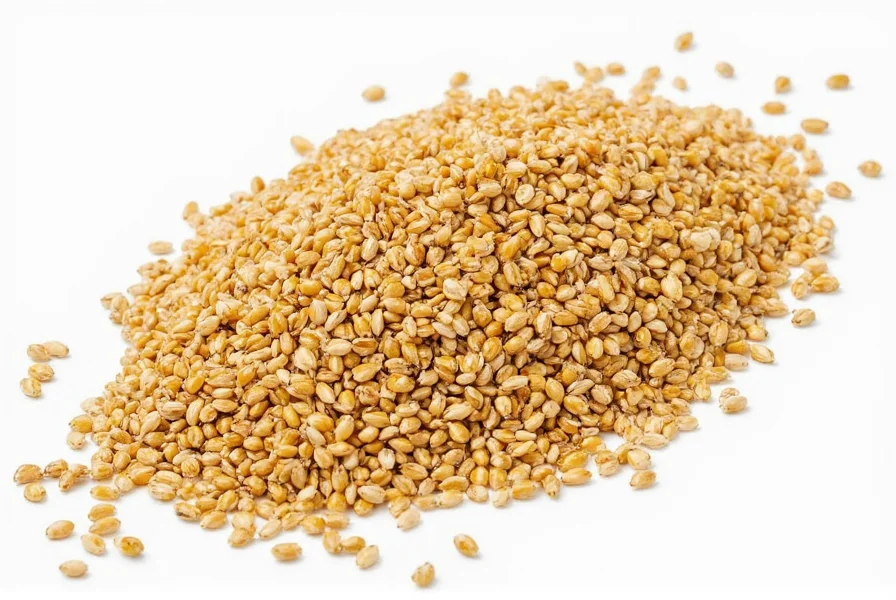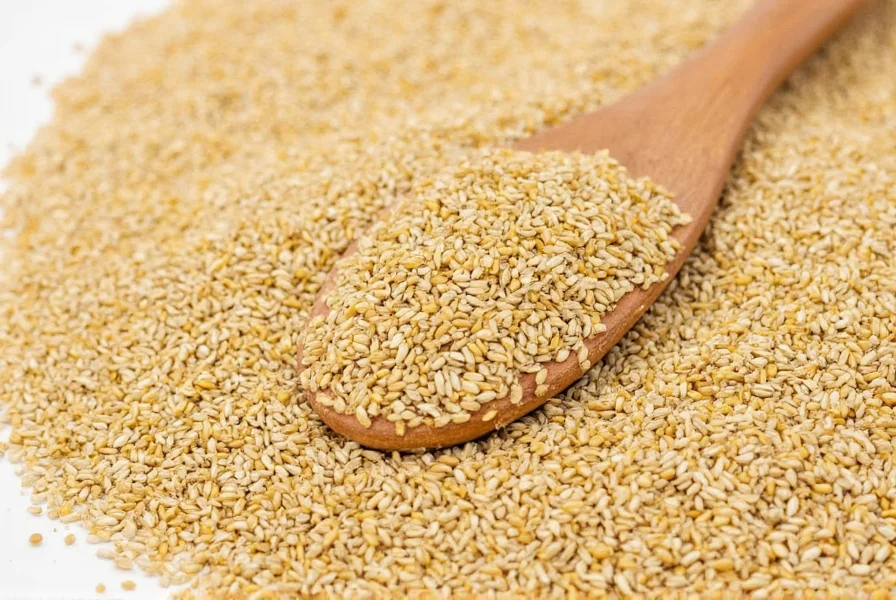Sesame represents one of the most ancient cultivated crops in human history, with archaeological evidence dating back to 1600 BCE. This resilient plant thrives in tropical and subtropical climates, requiring minimal water compared to other crops, which contributed to its widespread cultivation across diverse regions.
Understanding the Sesame Plant
The sesame plant grows as an annual herb reaching 2-8 feet in height, producing trumpet-shaped flowers that range from white to purple. After pollination, these flowers develop into pods that split open when ripe—a characteristic known as dehiscence—releasing the precious seeds within. This natural seed dispersal mechanism presented harvesting challenges throughout history, earning sesame the nickname "open sesame" in folklore.

Nutritional Profile of Sesame Seeds
Sesame seeds pack impressive nutritional density in their tiny packages. Just one ounce (28 grams) provides:
| Nutrient | Amount per Ounce | % Daily Value |
|---|---|---|
| Calories | 160 | 8% |
| Protein | 5g | 10% |
| Healthy Fats | 14g | 22% |
| Calcium | 280mg | 21% |
| Magnesium | 100mg | 24% |
| Copper | 0.5mg | 57% |
These nutrient-dense seeds contain all essential amino acids, making them a complete protein source. They're particularly rich in lignans like sesamin and sesamolin, which research suggests may support heart health and reduce inflammation.
Global Production and Culinary Applications
Today, Myanmar, Sudan, and India lead global sesame production, collectively accounting for over 50% of worldwide output. Sesame seeds appear in countless culinary traditions:
- Middle Eastern cuisine: Tahini (sesame paste) forms the base for hummus and halva
- Asian cooking: Used as garnish for sushi, noodles, and rice dishes
- Mediterranean dishes: Incorporated into breads, crackers, and salad toppings
- Baking: Essential for bagels, hamburger buns, and various pastries
When exploring what is sesame seed used for beyond direct consumption, the seeds' high oil content (45-60%) makes them valuable for producing sesame oil—prized in Asian cooking for its distinctive nutty flavor and high smoke point.
Sesame Allergy Considerations
As awareness grows about what is sesame allergy symptoms, it's important to note that sesame ranks among the top food allergens in many countries. Symptoms can range from mild itching to severe anaphylaxis. Recent regulatory changes in the US and EU now require sesame labeling on food products, reflecting its growing recognition as a major allergen.

Distinguishing Sesame from Similar Seeds
Many people wonder what is the difference between sesame and poppy seeds. While both are small oilseeds used as toppings, they differ significantly:
- Sesame seeds: Larger (1-2mm), oval-shaped, nutty flavor, come in multiple colors
- Poppy seeds: Smaller (0.5mm), kidney-shaped, more subtle flavor, typically blue-gray
Understanding these distinctions helps home cooks and food manufacturers select the appropriate seed for specific culinary applications.
Storage and Handling Recommendations
Due to their high oil content, sesame seeds can become rancid if improperly stored. For maximum freshness:
- Store in airtight containers away from light and heat
- Refrigerate for short-term storage (up to 6 months)
- Freeze for long-term preservation (up to 1 year)
- Toast seeds briefly before use to enhance flavor
When exploring where does sesame come from historically, archaeological evidence shows cultivation began in ancient Egypt and the Indus Valley civilization. Traders along the Silk Road later spread sesame throughout Asia and Europe, cementing its place in global food culture.
What is sesame made of botanically?
Sesame refers to the seeds of the Sesamum indicum plant, an annual herb in the Pedaliaceae family. These tiny seeds contain approximately 50-60% oil and 20% protein, along with valuable minerals and lignans that contribute to their nutritional profile.
What are the health benefits of sesame seeds?
Sesame seeds provide numerous health benefits including supporting bone health through high calcium content, promoting heart health with monounsaturated fats, reducing inflammation through lignans like sesamin, and providing antioxidant protection. They also contain magnesium which helps regulate blood pressure and blood sugar levels.
What is tahini made of and how does it relate to sesame?
Tahini is a paste made exclusively from ground sesame seeds, typically hulled white sesame seeds. It serves as a fundamental ingredient in Middle Eastern cuisine, forming the base for dishes like hummus and baba ganoush. Authentic tahini contains only sesame seeds and sometimes a small amount of oil to facilitate blending.
Can you eat sesame seeds raw?
Yes, sesame seeds can be eaten raw, though toasting them enhances their nutty flavor and improves digestibility. Raw sesame seeds contain oxalates which can interfere with calcium absorption, but this isn't a concern for most people consuming normal dietary amounts. Those with kidney stone issues may want to moderate raw sesame consumption.
What is the difference between unhulled and hulled sesame seeds?
Unhulled sesame seeds retain their outer bran layer, making them darker (typically golden-brown) and higher in fiber and calcium. Hulled sesame seeds have had this outer layer removed, resulting in white seeds with a milder flavor and slightly lower mineral content but better oil extraction properties. Unhulled seeds have a crunchier texture while hulled seeds are softer.











 浙公网安备
33010002000092号
浙公网安备
33010002000092号 浙B2-20120091-4
浙B2-20120091-4